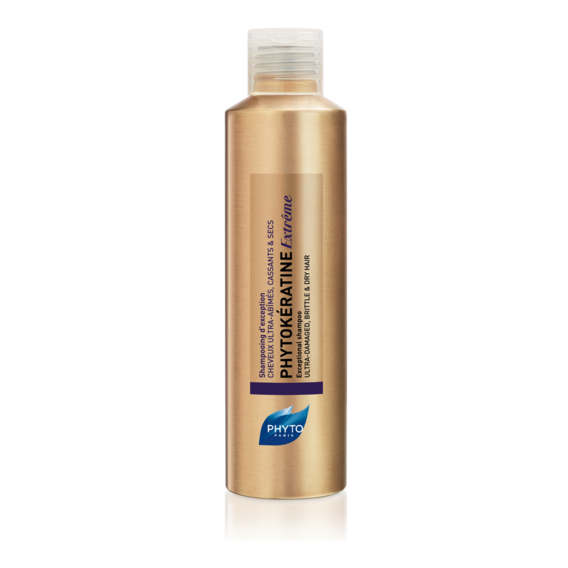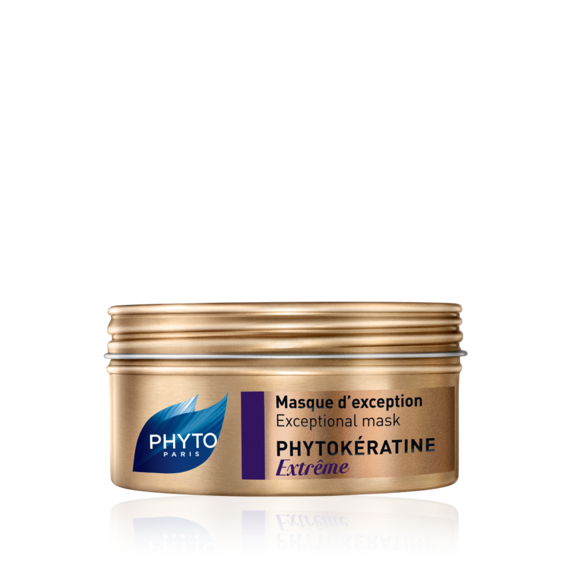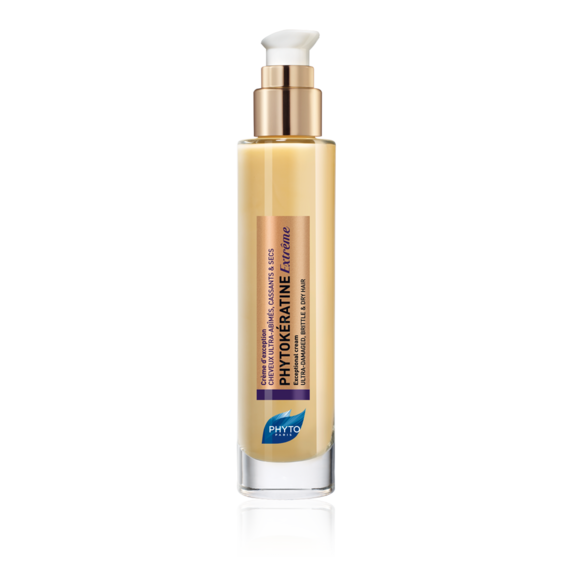Haircare Is the New Skincare: Botanical Keratin
One of the most damaging things you can do to your hair is bleaching it. Most of us have done it at least once in our life, whether it was to lighten or decolorize we’ve been faced with the decision we know will physically break down our hair strands. While you might leave the salon feeling happy about your new hair color, taking care of the hair afterwards can be a pain. It tangles, it’s dry, it breaks, it looks matte, and it’s nearly impossible to comb through. While we want you to always look and feel your best, we dedicated this post to make you understand what your hair sacrifices during this type of treatment (and how we can help you feel a little better about it).
The outermost layer of our skin consists of a protein called keratin, this means that keratin is produced and exists naturally in our bodies. This protein makes sure that your skin is firm and keeps your skin healthy, all the while working as a protective layer against any damage caused by external factors. Adding a bit of extra keratin to your skin, in this case to your face, will help keep your skin firm and elastic. It’s also said to prevent the skin from sagging and sometimes even work as a healing agent.
It’s important, however, that the keratin is processed in a certain way. In hair and nail care for example, the keratin is hydrolyzed, meaning it’s been broken down into smaller particles after a chemical process that includes water. In these cases, when the keratin has been modified, it’s normally not as effective.
Let’s get scientific for a little bit. Keratin also exists in the outermost layer of your hair, called the cuticle. In fact, 84% of your hair consists of keratin. These fibrous proteins have a similar effect to your hair as they do to your skin, they provide the hair with elasticity and firmness. There are 18 amino acids in the keratinous protein and the most important of those 18 is called cystine, which is what gives the hair its strength.
The keratinocytes in the cuticle layer are called “scales” because they overlap each other and they’re there to protect the inner structure of your hair. All chemical processes that you expose your hair to will affect those scales and break down the keratin little by little. Maintaining the integrity of the cuticle is important in order to have radiant and supple hair.
Inside of the cuticle, is another layer called the cortex. The cortex is filled with sulfur-rich, keratinized cortical cells pigmented by melanin. The cortex is also home to the amino acid chains and when those chains are damaged by chemical processes, gaps appear in the cortex.
To accommodate the damage caused by chemical processes, PHYTO Paris developed something called botanical keratin, which is a biomimetic complex that consists of all 18 amino acids. The amino acids have been extracted from wheat, corn, and soy, making it perfectly safe for you to use since it imitates the natural keratin found in the hair and works like a filler to fill in the gaps in the cortex. When you add botanical keratin to your hair, it will seek the gaps in your hair strand, fill those empty spaces, and reconstruct the initial architecture of the hair.
In addition to our Phytokératine shampoo, spray, and serum, PHYTO Paris launched a series of products specifically made for ultra-damaged, brittle, and ultra-dry hair that have fallen victim to losing its beloved amino acid chains. The Phytokératine Extrême series consist of a Shampoo that cleanses and repairs deep-down, a mask that replenishes and regenerates, and a cream that deeply nourishes and protects the hair.
While we don’t recommend exposing your hair to more chemical processes than necessary, we thought you should know that there actually is a way for you to have the cake and eat it too. If you’re someone who enjoy coloring or lightening your hair, we suggest you give Phytokératine Extrême a shot. It’s never too late.


